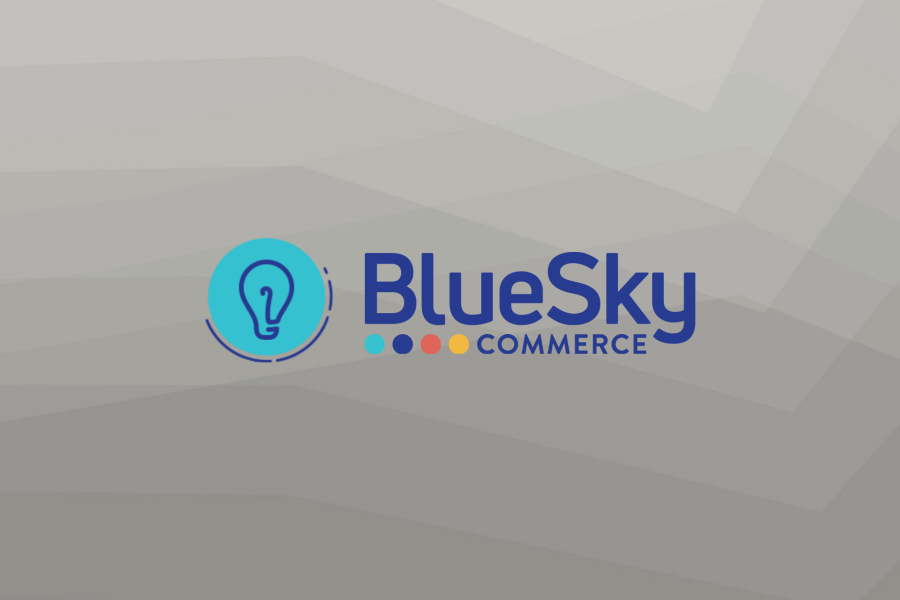Small business as we know it has changed forever. Many small businesses that thrived during the pandemic did so because they were already evolving to be more nimble before the pandemic. However, there are many, many more that did not adapt. Those businesses were then divided into three categories:
1. Those that pivoted quickly to survive and make something out of nothing
2. Those that closed up and went away or became a shell of themselves
3. Those that moved more cautiously as the pandemic unfolded
The small businesses that pivoted quickly did so with a bootstrap mentality, and in some cases with government assistance to keep their workforce somewhat intact. This included restaurants adding pick-up and delivery options by either subscribing to a preexisting service or creating a makeshift one themselves. There were retail and service shop owners who created appointment-based physical visits and online options with contactless offerings. In essence, they adapted to survive. Now they are seeing that some of what they created is going to be a consumer expectation going forward.
The category of “closed” or “became a shell” felt the weight of a model that was too hard or too costly to shift. These included high rent physical single locations with an offering that was not deemed necessary or not feasible to offer a virtual experience. Many of these had to cut ties so fast that they did not have the help to even apply for assistance or get the clerical help they needed to augment their strengths as customer-facing experts. It is sad that many iconic local businesses just could not make it or did the bare minimum to keep the brand alive. Now as things open up, they have to contemplate starting over or watching someone else fill a void they created. I am proud that BlueSky continues to offer our services for many of these businesses, regardless of where they are. As a result of the current landscape, we are seeing a rise in a shared economy of small businesses pooling together resources, volunteering their time, and sharing expertise to pull themselves up. This would be best for the consumer, in the end, to continue to have choices and local options.
Those that moved more cautiously are now seeing 2021 as a make or break year to maintain relevance. They are now looking at ways to invest back into their business to add capabilities they saw others experiment with and work. These are the businesses we have to watch closely to see if they evolve into category 1 or 2 discussed above.
During and post-pandemic, many small businesses have been faced with a lot of critical decisions around how, what, who, and when to use technology, which to me is the application of any product or service that automates or facilitates a transactional process. The most important question that needs to be addressed is the WHY. There is a delicate balance between technology, processes, people, and culture. “Digital Transformation” talk often centers around technology or addressing the ‘digital’ part of the new buzzword. However, it is change management or transformation that should be the focus.
Many businesses have been forced into the digital age because of the pandemic just to survive. Take the case of restaurants and other service businesses. Here, most non-chain establishments had yet to consider solutions such as delivery or curbside pick-up, digitizing menus, and optimizing processes and staff. The pandemic pushed these solutions to the forefront because many owners had to make the decision to figure it out or shut down due to mandates. This did not start out as technology due to many barriers of entry for these owners: cost, time, the uncertainty of experience. Some fast-tracked new offerings by “partnering” with providers like Uber Eats, Toast, Grubhub, etc. at the cost of not controlling the full experience and profits. Some used innovative manual process-driven ways to solve the issue. Regardless of the path, they had to solve it in some way. Not every industry was faced with the same “do or die” consequences, but they still needed to accelerate.
According to Digital Commerce 360, even B2B companies are facing this dilemma and 60+% are investing in commerce technologies in 2021. This comes with a caveat. For instance, we had a client recently come to us for help in implementing some major technology initiatives on their “roadmap.” The most urgent one of those happened to be a CRM. When we started interviewing the key stakeholders and asking questions about their customer data, processes, segments, and opportunities, we recommended they wait on implementing or even choosing a provider. They first had to address the quality of what goes into a CRM before they could get anything out of one. We then started working on what was the crux of their business and what they were trying to achieve. We determined that a CRM should come after an overhaul to their website, preventing more lost sales during the pandemic. They also needed to redefine roles within the contact center/customer service team and address a growing customer segment in DIY by investing in direct-to-consumer applications and marketing to serve their needs better. The downside for our company was that we were not going to get all this technology in terms of “project contracts” for the year as anticipated, but rather we took time on smaller engagements on business planning, org development, and some technology. These resulted in a more immediate impact on their business and created a long-term relationship with us and their customers. Had we just rammed in a CRM implementation, it would have been money wasted and the technology would have been to blame and thrown out (along with us) in favor of another CRM.
This “ramming” happens a lot because many solution providers can offer a solution for a problem. Some claim to want to know your business, but most are trying to get the fastest path to revenue (closed contract), which means they will just find ways to fit their square peg into your round hole most times. Being in the business of strategy, mainly focused on small and medium businesses (SMBs), we tend to start there before ever suggesting technology, marketing, or talent solutions. The highly specialized nature of most solution providers limits their ability to be true business partners because what may be the best course of action for you may not be the best course of action for them. Most of the larger “strategic” consulting firms are not for SMBs, and even in the larger enterprise clients, they can offer a “plan” without much “execution.” Take for instance a client that happens to be an iconic brand in the furniture industry. In order to get them a more modern Enterprise Resource Planning solution, they needed to organize and map their warehouse to implement Warehouse Management with scanning to automate the pick, pack, and ship processes. We spent time with them, not only with the technology, but also mapping over 2500 bin locations, installing barcodes, and co-develop processes for these functions.
Technology should be an investment in the service of automating something for the benefit of increasing customers, sales, productivity, and/or engagement while eventually reducing costs. In the interim, you can balance those other three things above (Processes, People, and Culture) to streamline operations and ensure your organization is ready for the change that comes with the addition of technology.
At BlueSky, we have many consultants that have come from the client-side. This means we try to put the experiences we’ve had at the forefront of any conversation. We start with a common understanding of what is possible and what is needed at the time. This could be in the form of a roadmap, followed by an actionable plan other operating units in our company can handle, a customer journey map, an organizational chart with functional role clarity, or process automation and efficiencies to establish a new baseline in a new way the world interacts. Every customer is different and not everyone needs everything. Just to illustrate it is not always about technology, we recently helped a local client (small business owner of a service company) put together furniture for his customer lobby and overhead equipment as part of a shop redesign for efficiency. Technology through web applications and back-office software has been put in place, but we are optimizing the physical space to make the technology work the best for his staff and customers.
My biggest observation for small businesses is we are seeing a rise in interest in building off lessons from 2020 to apply to their future. Many don’t necessarily have the financial coffers to support large-scale initiatives, which is why some are turning to investors and partners, or even their small business community for help.
BlueSky Commerce is committed to not only large enterprise clients but to keeping small businesses an important part of the fabric of the economy. What happens in the next 12-18 months will change the landscape of small businesses forever. We are here to help.
Strategy
To meet your business goals, you need a strategy that maximizes the output of your current resources while maintaining an eye toward growth.
Technology
Our skills, experience, and leadership can help your company keep up with the ever-evolving nature of today’s business.
Marketing
Whether you need a brand refresh, high-quality video content, a website redesign, or digital marketing, BlueSky Commerce is equipped to handle that and much more.
Talent
We don’t just look at the position you’re hiring, we also understand your company, your goals, and how the candidate will fit into the company’s big picture.





